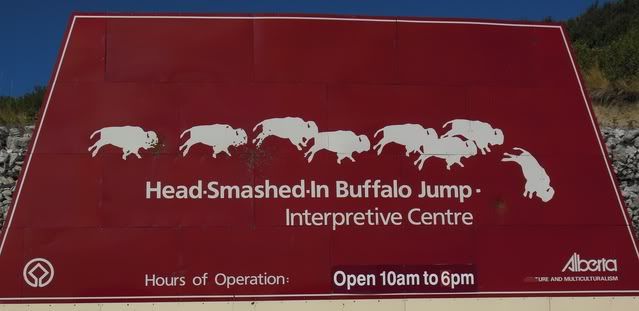
There are probably thousands of buffalo jumps scattered across the Northern Plains. The Head-Smashed-In Buffalo Jump, a UNESCO World Heritage Site, is one of the oldest, largest, and best preserved buffalo jumps in North America. Located about 18 kilometers from Fort Macleod, Alberta, Canada, the site tells of the story of the First Nations and the buffalo for 6,000 years.
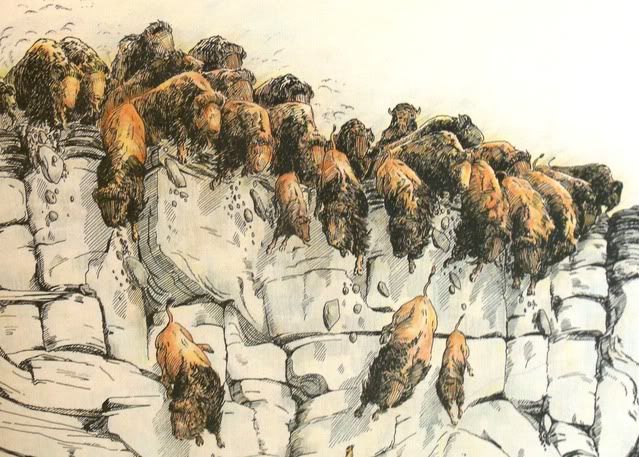
Head-Smashed-In takes its name from the story of a young Peigan boy who stood under the cliff to get a better view of the buffalo falling over the cliff. The young man was soon crushed under the pile of dead buffalo.
While Indian people have inhabited the area around Head-Smashed-In for more than 11,000 years, it did not become designated as a National Historical Site until 1968. The interpretive centre was officially opened by the Duke and Duchess of York, Prince Andrew and Sarah Ferguson, in 1987. The interpretive centre at Head-Smashed-In is an architectural delight and wonder by itself. It is built into the side of the cliff in an unobtrusive and aesthetically pleasing way. The architect, Robert LeBlond, received the Governor General’s Award for Architecture in 1990.

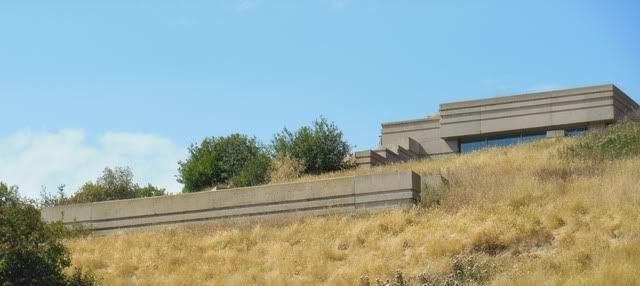
The 2,400 square metre building rises for seven stories, but it is sunk into the sandstone bedrock and the prairie soil so that it is barely visible to a person standing outside. Only about 10% of the surface area of the building is visible. The concrete of the building’s walls have been stained to match the local sandstone and the portions of the building walls exposed above ground have been etched with horizontal grooves designed to simulate the natural bedding planes of the sandstone. The building does not intrude on the landscape and thus visitors are better able to visually understand the nature of the vast, open prairies where the remarkable story of this buffalo jump took place. Archaeologist Jack Brink, in Imagining Head-Smashed-In: Aboriginal Buffalo Hunting on the Northern Plains, writes:
“Built adjacent to the actual archaeological site, the Head-Smashed-In Interpretive Centre is a premier example of in situ interpretation of an archaeological resource in North America.”
The Centre’s parking area, which seems quite awkward for the visitors, was positioned so that it did not disrupt any archaeological materials.
The Interpretive Centre:
The interpretive centre at Head-Smashed-In has seven levels. The top two levels provide access to the trail at the top of the cliff and views of the area.
The upper trail leads from the interpretive centre along the top of the cliff to the kill site. The lower trail can be seen in the photos.
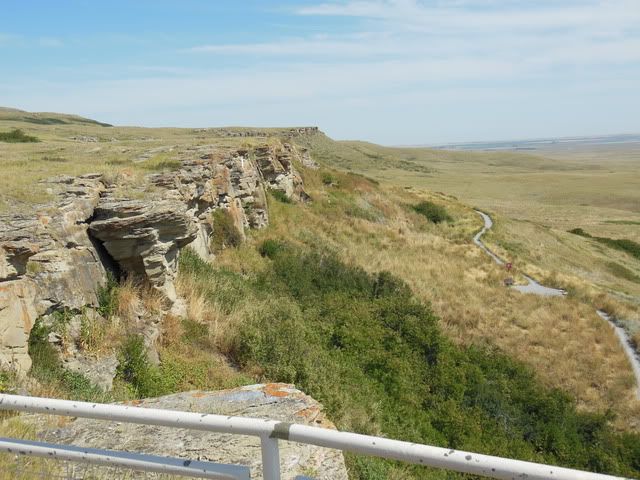
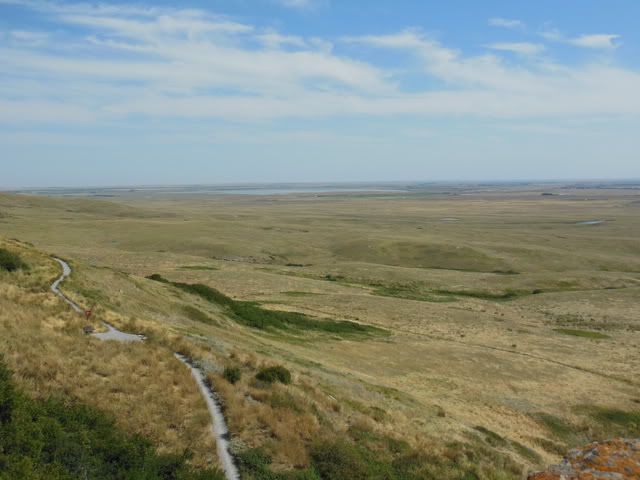
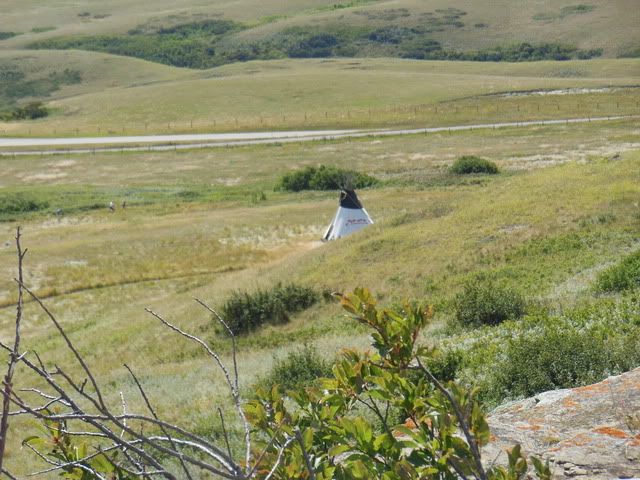
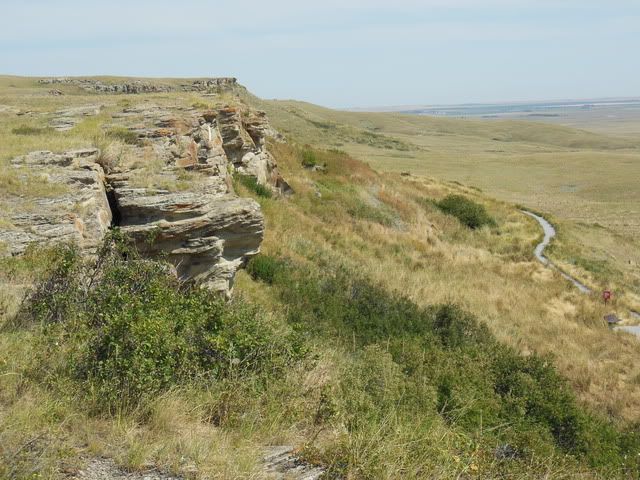
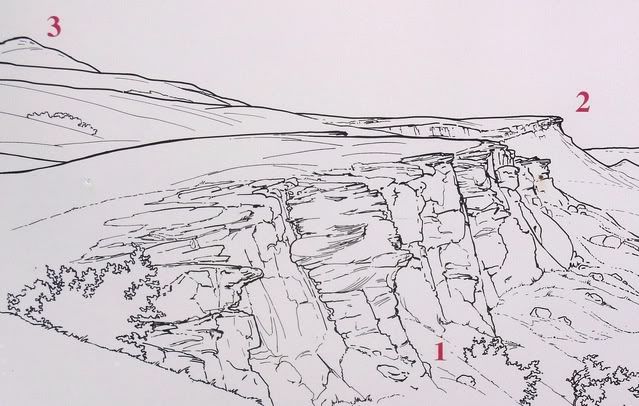
The drawing above shows the location of the kill site (designated as 1), a second buffalo jump (the Calderwood Jump, designated as 2), and a vision quest site (designated as 3). A cast of the Calderwood Buffalo Jump is the cliff face which is on display inside the Interpretive Centre.
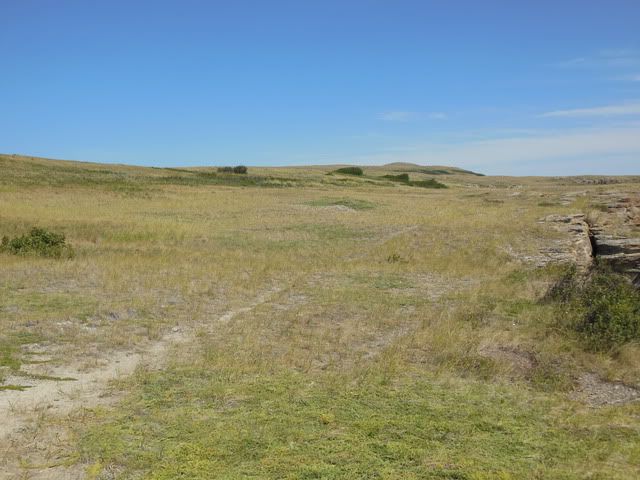
The view looking back from the cliff toward the prairie is shown above. The grass cover of the massive basin behind the jump is dominated by blue gamma and rough fescue. Both of these grasses are especially high in protein and are thus excellent graze for fall and winter. The buffalo jump was used primarily in the fall.
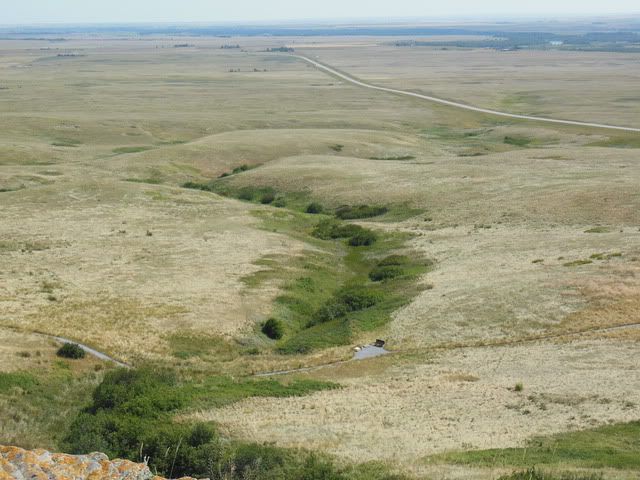
The lower trail goes past a tipi and then below the cliffs. At present the cliffs are about 10 meters (33 feet) high, but when the buffalo jump was first in use the cliffs were about 20 meters (66 feet) high.
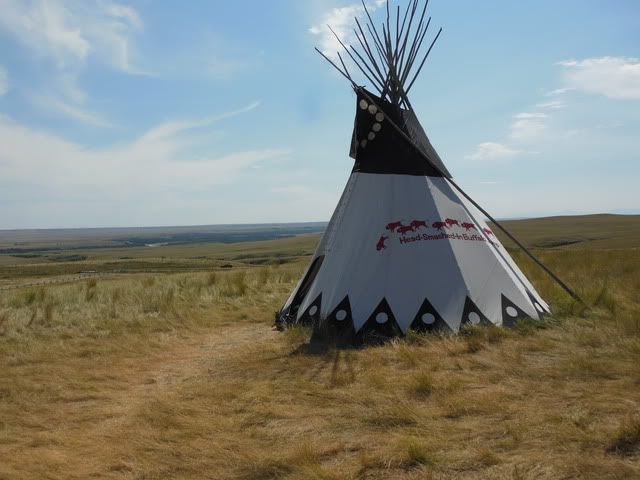
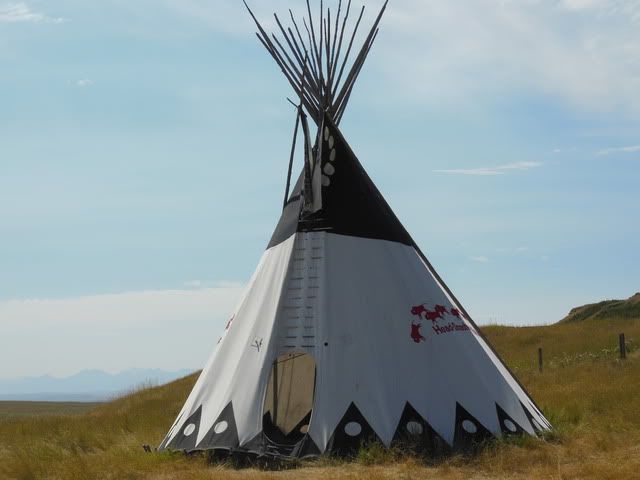
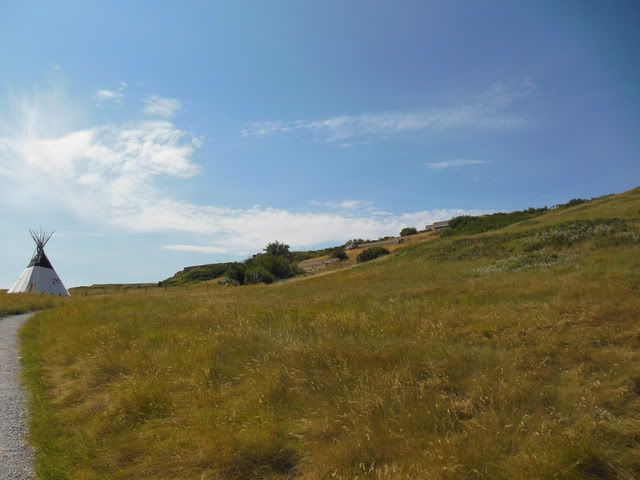
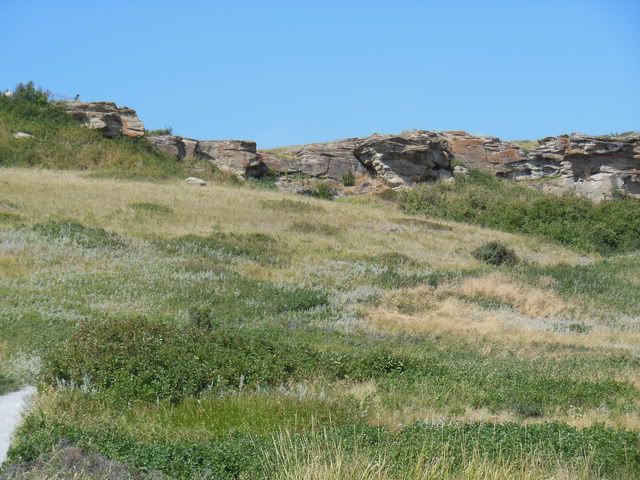
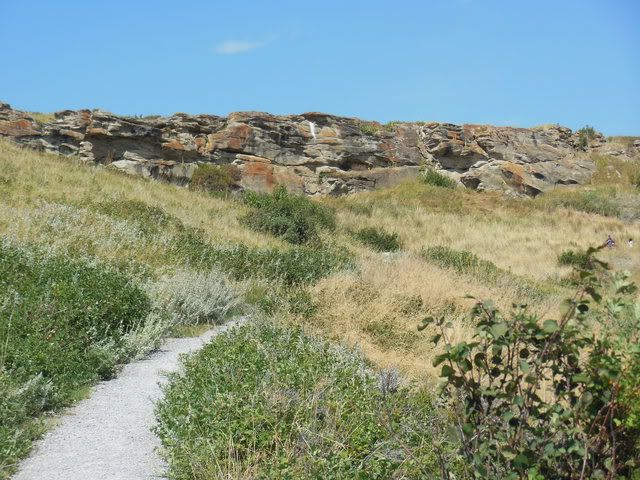
Each of the other five levels tells a different aspect of the area’s rich history. The interpretation is detailed and is told from the perspectives of Blackfoot elders and archaeology.
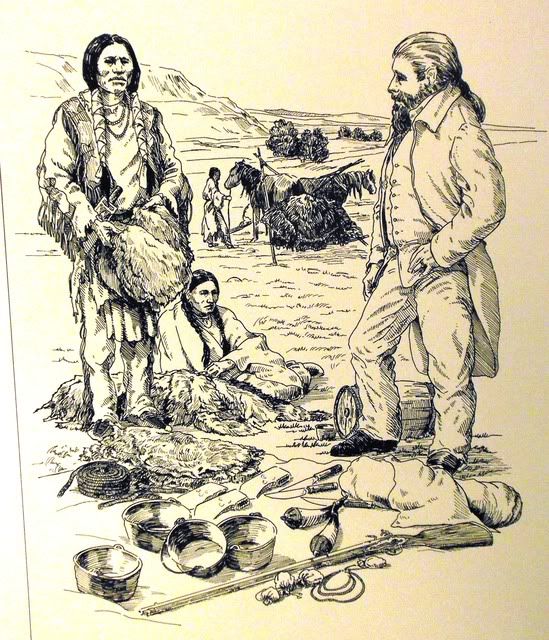
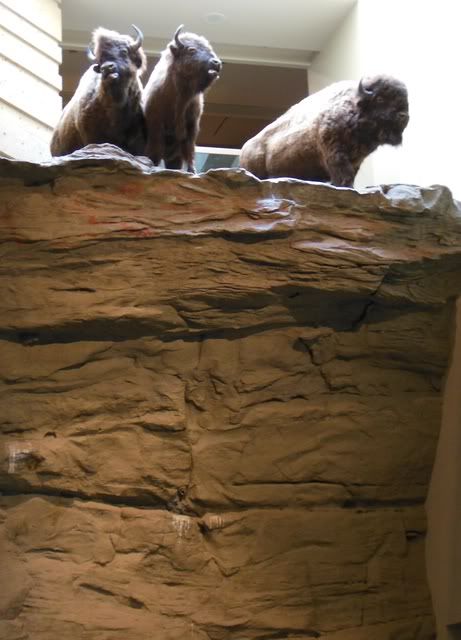
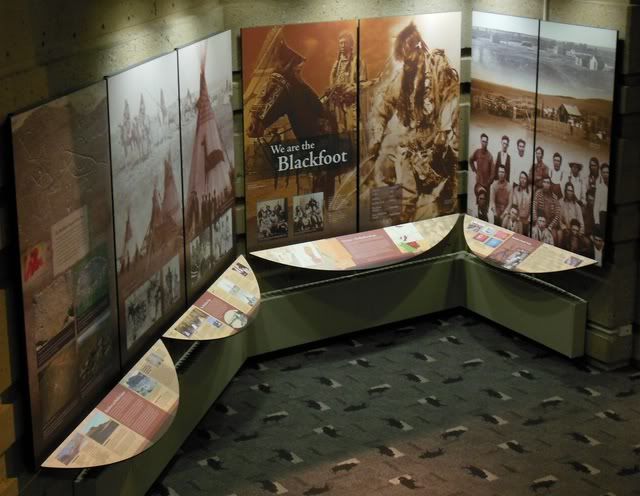

Leave a Reply